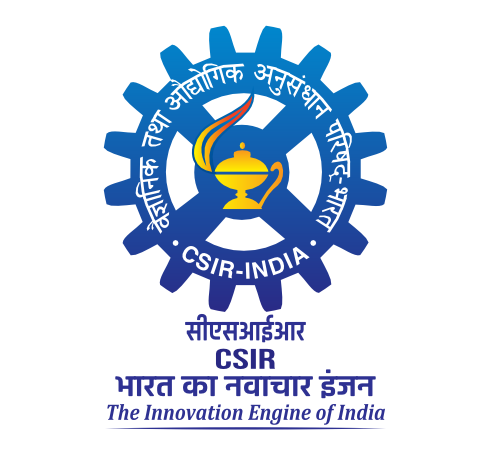Enhancing food safety and security through silicon-based approaches in pre-harvest and post-harvest pest management
Mukul, Kanakhara and Arunkumar, Panneerselvam and Parthiban, Packirisamy and Subramanian Ezil, Vendan (2025) Enhancing food safety and security through silicon-based approaches in pre-harvest and post-harvest pest management. Journal of Pest Management Science. pp. 1-11.
|
PDF
Pest Management Science - 2025 - Kanakhara - Enhancing food safety and security through silicon‐based approaches in.pdf - Published Version Restricted to Registered users only Download (1MB) | Request a copy |
Abstract
Silicon (Si), a key element in the Earth's crust, is vital in enhancing food security through innovative pest management strate- gies, both pre- and post-harvest. This review highlights the diverse impact of Si on plants, particularly its potential to mitigate biotic and abiotic stresses. Distinctions between Si and various forms of silica (SiO2) are provided for clarity. Factors influencing the properties of synthesised SiO2 particles are also discussed. When plants absorb Si, primarily as monosilicic acid, it accumu- lates in their cell walls as amorphous silica, which helps to enhance stress resistance, increase photosynthesis and improve water usage. Si is a morphological barrier to pests. Transporters in roots and leaves facilitate Si absorption, contributing to its deposition in cell walls and supporting structures. The resistance mechanism of Si against field and storage pests involves reduced digestibility, increased tissue stiffness and enhanced synthesis of defensive enzymes. This review provides insights into the effectiveness of Si in managing field pests, reducing infestations and improving plant resistance. The positive impact of Si extends to natural pest enemies, attracting predators and parasitoids, thus contributing to biological control. The tri- trophic interactions underscore Si's potential to induce multilevel responses, fostering a resilient ecosystem. Various Si sources, such as diatomaceous earth, bulk and nano-SiO2, effectively dehydrate and desiccate stored-product pests, preserving the quality of stored products. This review suggests using Si-based approaches as eco-friendly alternatives to synthetic pesticides, offering a promising solution for food security while maintaining the long-term health of agricultural ecosystems. © 2025 Society of Chemical Industry.
| Item Type: | Article |
|---|---|
| Uncontrolled Keywords: | food security; pest management; silicon; silica; tri-trophic interactions |
| Subjects: | 600 Technology > 03 Agriculture > 05 Insect/Pest Control |
| Divisions: | Food Protectants and Infestation Control Food Packaging Technology |
| Depositing User: | Somashekar K S |
| Date Deposited: | 25 Jun 2025 05:57 |
| Last Modified: | 25 Jun 2025 05:57 |
| URI: | http://ir.cftri.res.in/id/eprint/19591 |
Actions (login required)
 |
View Item |

